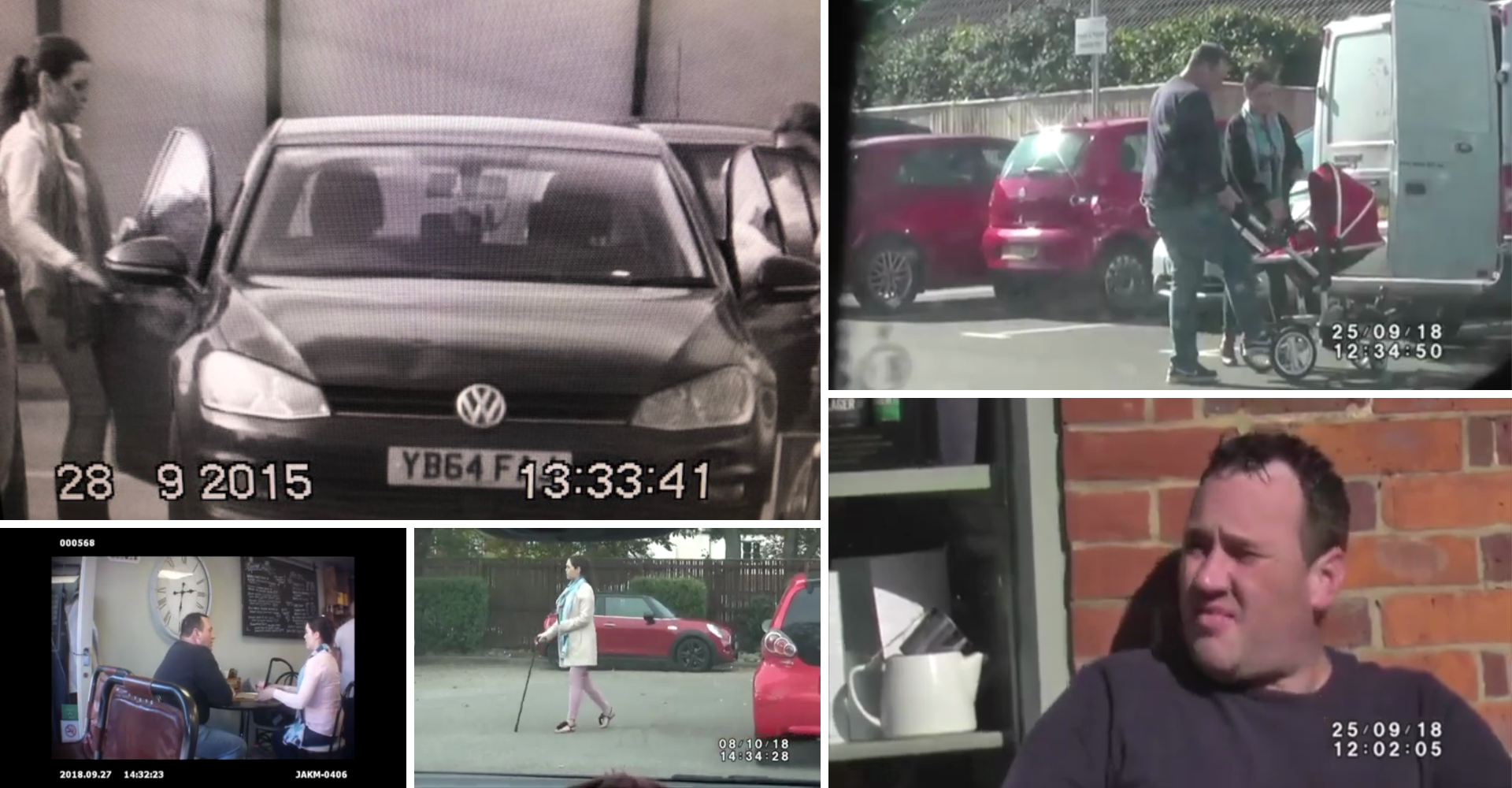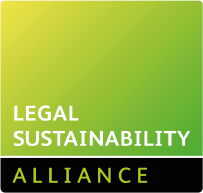
The decision by the Supreme Court considered 3 cases namely, Paul, Purchase and Polmear and whether witnessing a negligently caused medical crisis or its aftermath can give rise to a claim for damages by a secondary victim. Whilst these were in a medical negligence context, the decision has implication for all secondary victim claims.
The Supreme Court has concluded that a Claimant who witnesses the death of, or serious injury to, a loved one as a result of an illness that proper medical treatment would have prevented cannot bring a claim as a secondary victim. It has closed the door (for now) on secondary victim claims in medical negligence claims.
Essentially, the Supreme Court has restricted secondary victim claims to those who witness an accident. It also removes the requirements that a claimant must witness a “sudden shock to the nervous system” caused by a “horrifying” event.
It said it is the ‘accident’ that is the pivotal event, not any consequence, no matter how horrifying or shocking. The witnessing of the accident is legally significant because:
1. That category of victims is legally certain
2. Witnessing an accident involving a close family member is an intelligible place to draw the line on recovery of damages for illness consequent on bereavement
3. It can be difficult or arbitrary in accident cases to distinguish between primary and secondary victims and no reasonable distinction could be drawn between injury caused by fear for one’s own safety versus the safety of a close family member
There was much debate concerning the use and definition of the word ‘accident’. The Court stated it was to be used as a term within its ordinary sense and meaning, referring to both an accidental and unexpected event that caused injury (or risk of injury) ‘ to a victim by violent external means’.
In these three cases, the witnessing of the deaths was not ‘the accident’ or ‘event’. In general terms, clinical malpractice is not an ‘event’ or an ‘accident’ which can be witnessed. Therefore, the Claimants in these cases failed the proximity test.
How has the decision of Paul impacted claims for secondary victims?
The case has simplified secondary victim claims by focusing on, in particular:
– The ‘accident’
– Whether its perception by the Claimant caused the psychiatric injury
– Whether the psychiatric injury was foreseeable
There is no longer any requirement for the Claimant to establish that they suffered ‘sudden shock to the nervous system’. In addition, while it will still be necessary to show that it was reasonably foreseeable that the Defendant’s negligence may cause them injury, there is no additional requirement that the Claimant must establish that the event they witnessed was ‘horrifying’.
Does this mean that the bar to succeed in a claim has been lowered?
Not exactly. However, the removal of ‘sudden shock’ and ‘horrifying event’ will no doubt make it simpler to establish whether a claimant is likely to be successful.
There are fears that simplifying the assessment could be viewed as a relaxation, which could lead to increased numbers of secondary victim claims, although the Claimant will still need to satisfy the required criteria to succeed.
For more information or specific help and advice, get in touch with our experts via nisha.hodges@h-f.co.uk.
You may also like

Key Additions to HF’s Market Leading Large Loss Team
Two highly regarded professionals have joined our Large Loss team and bring a wealth of experience which will benefit our...

Outstanding Contempt of Court case win sends Yorkshire couple to prison for fundamental dishonesty
A couple from Knaresborough, North Yorkshire, have been jailed for a total of 12 months having both been found guilty...

Different ways of working – the consequences of coronavirus
Malcolm Henke, Partner, Horwich Farrelly and Paul Paxton, Partner Stewart Law provide a perspective on the potential consequences of Coronavirus....

Large & Complex Injury conference hailed a success
Our biggest annual client event attracted more than 110 attendees. Horwich Farrelly’s fourth annual Large & Complex Injury Conference has...





